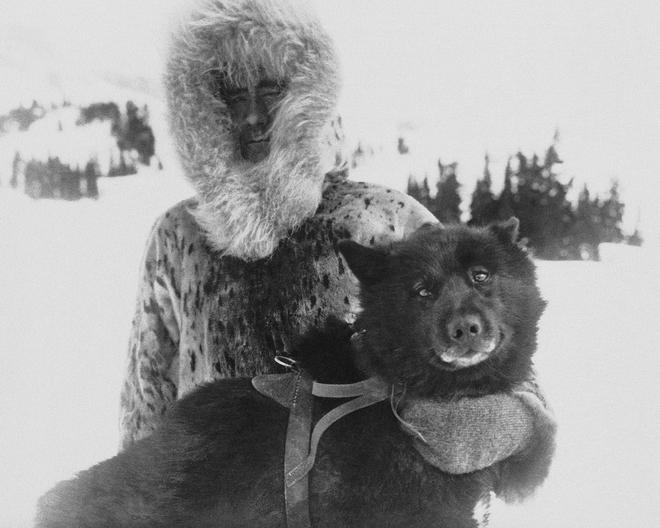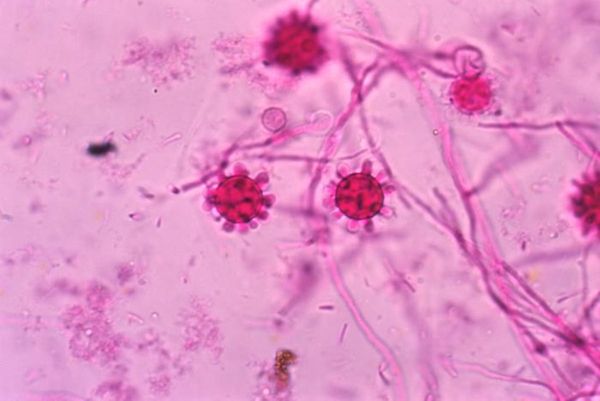By comparing the genetic blueprints of an array of animals, scientists are gaining new insights into our own species and all we share with other creatures.
One of the most striking revelations is that certain passages in the instructions for life have persisted across evolutionary time, representing a through line that binds all mammals – including us.
The findings come from the Zoonomia Project, an international effort that offers clues about human traits and diseases, animal abilities like hibernation and even the genetics behind a sled dog named Balto who helped save lives a century ago.
Researchers shared some of their discoveries in 11 papers published Thursday in the journal Science.
David O’Connor, who studies primate genetics at the University of Wisconsin-Madison, said the studies tackle deep questions.
Explained | What is genome sequencing and why does the Genome India Project matter?
“It’s just the wonder of biology, how we are so similar and dissimilar to all the things around us,” said O’Connor, who wasn’t involved in the research. “It’s the sort of thing that reminds me why it’s cool to be a biologist.”
The Zoonomia team, led by Elinor Karlsson and Kerstin Lindblad-Toh at the Broad Institute of MIT and Harvard, looked at 240 species of mammals, from bats to bison. They sequenced and compared their genomes — the instructions organisms need to develop and grow.
They found that certain regions of these genomes have stayed the same across all mammal species over millions of years of evolution.
One study found that at least 10% of the human genome is largely unchanged across species. Many of these regions occur outside the 1% of genes that give rise to proteins that control the activity of cells, the main purpose of DNA.
Researchers theorized that long-preserved regions probably serve a purpose and are likely what they call “regulatory elements" containing instructions about where, when and how much protein is produced. Scientists identified more than 3 million of these in the human genome, about half of which were previously unknown.
Scientists also focused on change within the animal kingdom. When they aligned genetic sequences for species and compared them with their ancestors, Karlsson said, they discovered that some species saw a lot of changes in relatively short periods of time. This showed how they were adapting to their environments.
Also Read | Some Indian ancestry in the genes of mediaeval Swahili people: new study
“One of the really cool things about mammals is that at this point in time, they’ve basically adapted to survive in nearly every single ecosystem on Earth,” Karlsson said.
One group of scientists looked for genes that humans don’t have but other mammals do.
Instead of focusing on new genes that might create uniquely human traits, “we kind of flipped that on its head," said Steven Reilly, a genetics researcher at Yale University.
“Losing pieces of DNA can actually generate new features,” Reilly said.
For example, he said, a tiny DNA deletion between chimps and humans caused a cascade of changes in gene expression that may be one of the causes of prolonged brain development in humans.
Another study focused on the fitness of one well-known animal: Balto.
Also Read | Can the dogs of Chernobyl teach us new tricks on survival?
Scientists sequenced the genome of the sled dog, who led a team of dogs carrying a lifesaving diphtheria serum to Nome, Alaska, in 1925. His story was made into a 1995 animated feature film and a statue of the pup stands in New York’s Central Park.

By comparing Balto’s genes to those of other dogs, researchers found he was more genetically diverse than modern breeds and may have carried genetic variants that helped him survive harsh conditions. One of the authors, researcher Katherine Moon of the University of California, Santa Cruz, said Balto “gives us this guide through comparative genomics,” showing how genetics can shape individuals.
O’Connor said he expects Zoonomia to yield even more insights in the future.
“To have these tools and to have the sort of audacity to ask these big questions” helps scientists and others “learn more about life around us,” he said.







